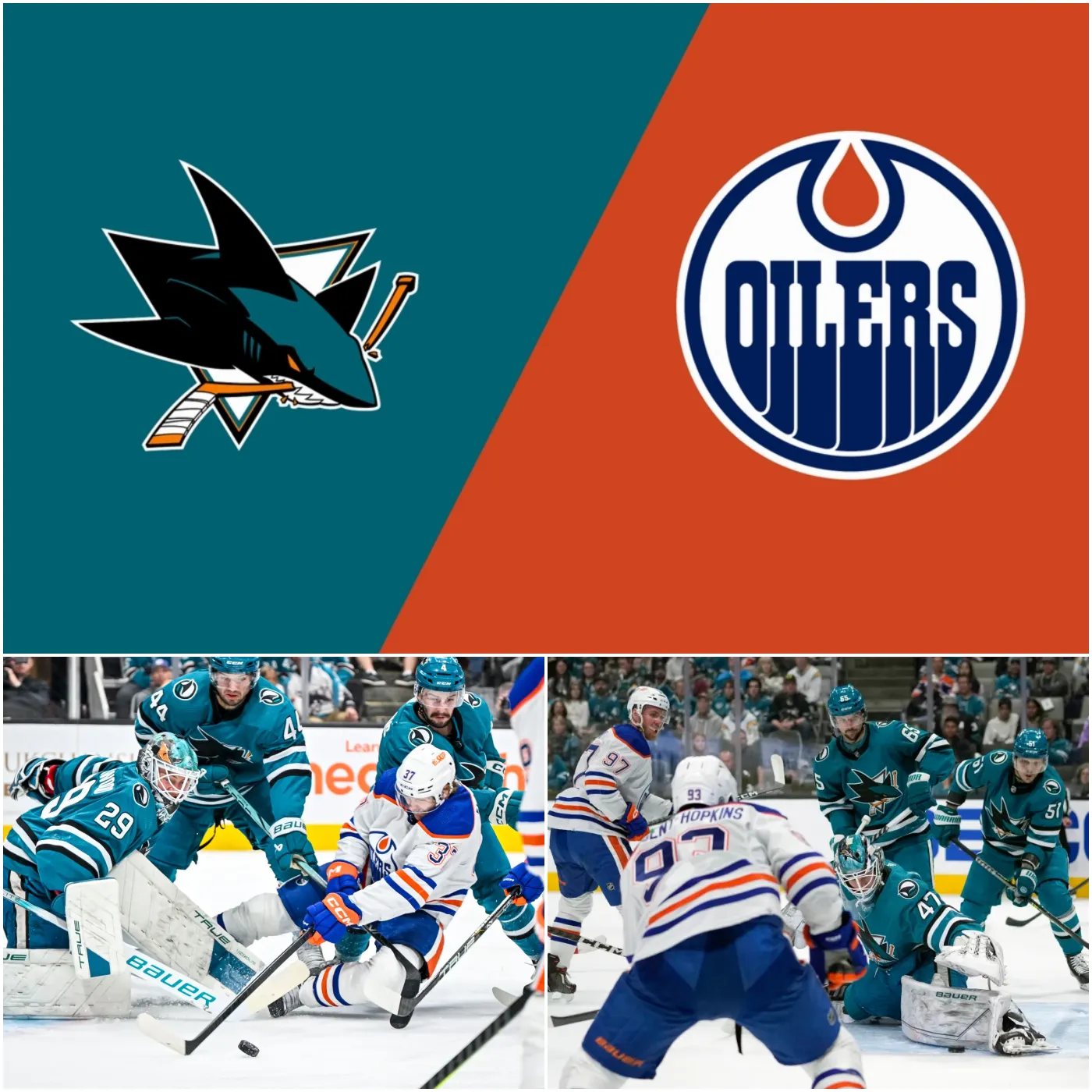NBA’s 3-Point Line Debate: Silver is Right, Moving It Won’t Help
The NBA has seen a significant rise in 3-point shooting, with some teams, like the Boston Celtics, attempting an eye-popping 51 3-pointers per game. This increase in 3-point volume has stirred concerns that the game’s style of play is becoming too predictable. However, NBA Commissioner Adam Silver recently shared his perspective on the matter, emphasizing that […]

The NBA has seen a significant rise in 3-point shooting, with some teams, like the Boston Celtics, attempting an eye-popping 51 3-pointers per game. This increase in 3-point volume has stirred concerns that the game’s style of play is becoming too predictable. However, NBA Commissioner Adam Silver recently shared his perspective on the matter, emphasizing that moving the 3-point line is not the solution to improving the style of play.
The Debate Over 3-Point Shooting Volume
There’s no denying that 3-point shooting has become the dominant trend in the NBA, with teams across the league increasing their reliance on long-range shots. In fact, the league-wide 3-point rate has hit a new high this season after peaking in 2021-22. While some critics argue that this trend has made the game less exciting, Adam Silver disagrees. He believes that the focus should not be solely on the volume of 3-pointers attempted, but rather on the overall skill level and offensive diversity in the game.
According to Silver, the NBA is in a great place, and he loves watching the games. He explained, “I think we look more holistically at the skill level on the floor, the diversity of offense, the fan reception to the game, all of the above.” Silver also acknowledged that discussions are ongoing about whether the game can be improved stylistically, but he believes that the perception of a cookie-cutter offense is more of an issue of perception than reality.

Is the 3-Point Line the Problem?
One of the most debated issues in the NBA is whether the 3-point line should be moved to encourage more midrange jumpers and a more diverse offensive approach. Silver has weighed in on this issue, saying, “Historically, at times, we’ve moved the 3-point line. I don’t think that’s a solution here.” He argued that changing the line could lead to more congestion around the basket, rather than creating the desired effect of increasing midrange shooting.
The NBA has not seen a shift from exciting drives and dunks to a focus on long-range shooting. Instead, it has swapped long 2-pointers for 3-pointers. This shift has allowed for more open space on the court, providing opportunities for athletic players to utilize their skills effectively.
Offensive Diversity: More Than Just 3-Point Shots
While many focus on the number of 3-pointers attempted, it’s important to recognize the diversity of offensive schemes teams employ. For example, the Memphis Grizzlies have revamped their offense this season, shifting away from pick-and-roll plays to emphasize off-ball screens, isolation attacks, and cuts. Similarly, the Cleveland Cavaliers, who hold the best record in the league, have unleashed their 6-foot-11 big man as a playmaker, creating confusion for opponents with timely cuts.
The volume of 3-pointers taken is a poor measure of offensive diversity. Teams like the Dallas Mavericks and Grizzlies may take a similar number of 3-pointers, but their offensive styles differ significantly. What’s important is how teams balance their approaches and create unpredictable offenses that keep defenses on their toes.
The Space Around the Rim Remains Valuable
Despite the rise of the 3-point shot, the area around the rim remains crucial in the modern NBA. Coaches continuously stress the importance of getting to the paint and attacking the rim. However, to accomplish this, teams need space on the floor. With larger lineups and more physical play under the basket, spacing is only becoming more essential. If the 3-point line were moved, it could congest the paint, making it harder for teams to operate effectively in the areas that matter most.
The NBA has not traded exciting plays for long bombs; rather, it has traded midrange jumpers for 3-pointers. Star players like Stephen Curry and Nikola Jokic continue to create magic with their off-the-dribble midrange shots and unique playmaking abilities. Role players, on the other hand, have embraced the 3-point shot, creating more space for athleticism and creativity on the court.

Silver’s Wisdom: No Need for a “Fix”
In a world where everyone seems to have an opinion on how to “fix” the NBA, Adam Silver remains steadfast in his belief that moving the 3-point line isn’t the answer. Instead, he sees the current state of the league as a reflection of the incredible skill and diverse offensive strategies being employed by teams. Silver’s refusal to make drastic changes to the game shows that he values the dynamic nature of the NBA and believes that the current trends will continue to evolve without disrupting the balance of the game.
Conclusion: The 3-Point Shot Is Here to Stay
While some fans and analysts may feel that the game has become too reliant on the 3-point shot, it’s important to remember that the NBA is still full of diversity, creativity, and skill. Adam Silver rightly points out that the style of play is not determined by the volume of 3-pointers but by the balance of offensive approaches and the skill sets of the players. Instead of changing the 3-point line, the focus should be on embracing the evolution of the game and the exciting plays that continue to emerge across the league.














































